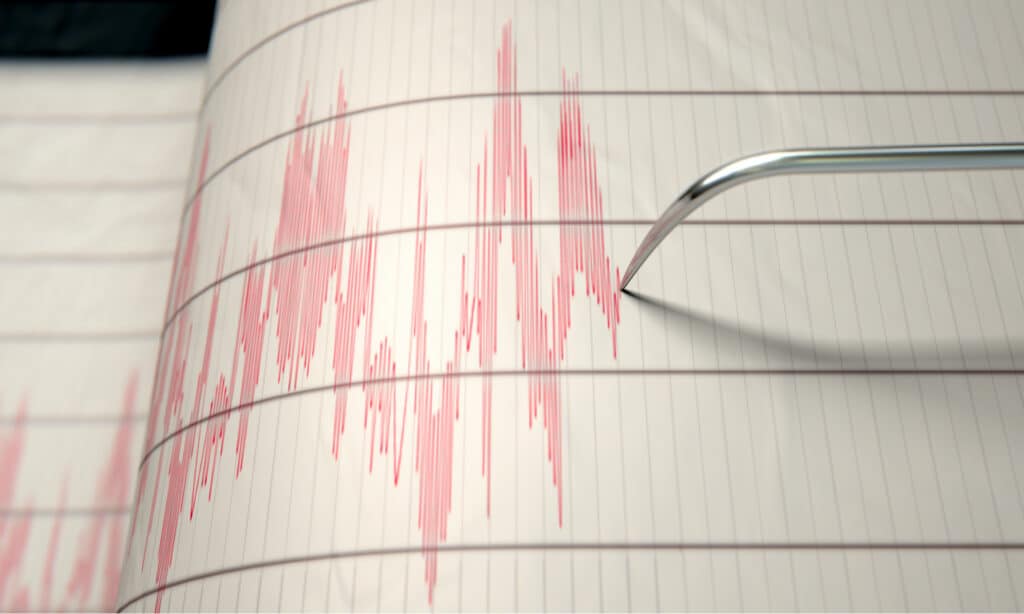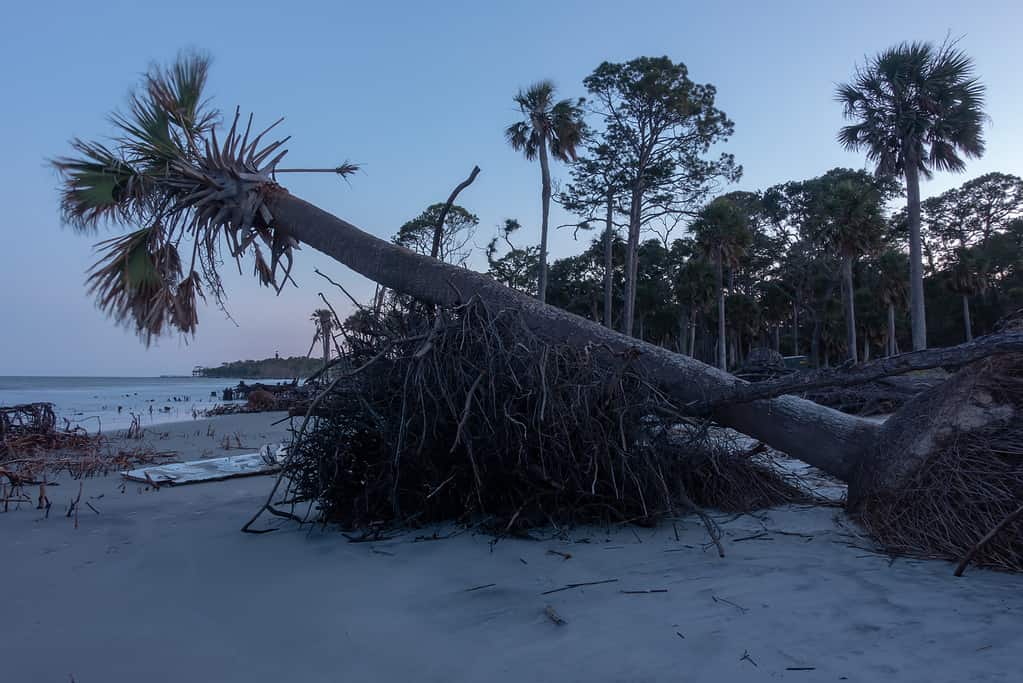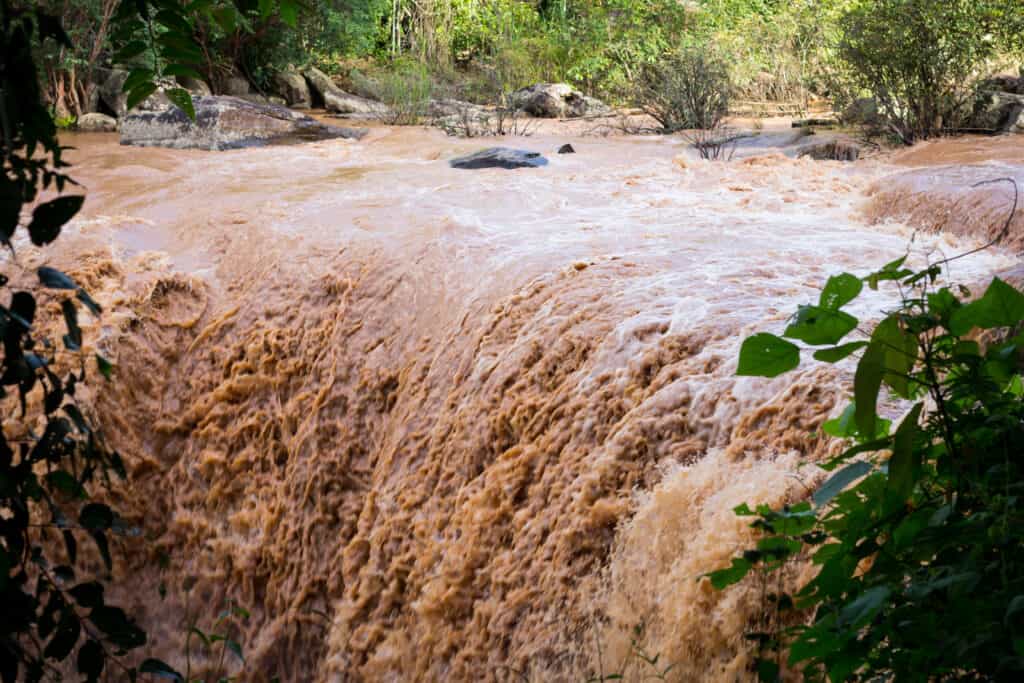When you think of places around the globe that might have an Earthquake, you often don’t think about Illinois. Typically, earthquakes happen in places on the edges of boundary plates. So, you generally think only places like California, Alaska, and Hawaii experience the most seismic activity. However, what about the Illinois town most likely to experience an earthquake?
Illinois has a few areas that can be affected by an earthquake due to its location. So, if this has piqued your interest, let’s discover more about the Illinois town most likely to experience an earthquake!
Which Town Is the Most Likely to Have Earthquakes in Illinois?
The Illinois town most likely to experience an Earthquake is Cairo, which is located in the southeast. The town has a slightly higher rating than Mound City, another nearby area in IL. Cairo has an earthquake index score of 6.64, much higher than the Illinois score of 0.24.
What Is the Score Compared to the National Average?
Cairo’s score is significantly higher than the national average score for the United States. The earthquake index score for the United States is 1.81. Let’s compare this to other areas along faultlines. We can see how Cairo compares to other earthquake-prone areas in the United States.
For example, California is known for being the number one place earthquakes occur in the United States. California’s score on the earthquake index scale is 21.80, which is way beyond Cairo and the national average.
Alaska also has devastating earthquakes and an earthquake index rating of 3.28. With almost 12,000 earthquakes in a year, Alaska is at the top of the list of where earthquakes occur. In comparison, Cairo has a lower rating, with only 12 earthquakes per year in the state.
Lastly, Hawaii has seismic activity due to eruptive processes from active volcanoes and has an earthquake index score of 13.37. Compared to Cairo, this is twice the index rating.
Understanding the Earthquake Index Rating

A seismograph using a seismometer to record the magnitude of an earthquake.
©Inked Pixels/Shutterstock.com
An earthquake index might be a little confusing as multiple ways to measure an earthquake exist. This can include the Mercalli Scale, The Moment Magnitude Scale, The Richter Scale, Wave Amplitude Fault Size, Amount of Slip. However, the Earthquake Index Scale is a bit different.
The earthquake index measures the likeliness of an earthquake will appear in that area. But how is this rating made? Essentially, it’s made using the frequency of earthquakes occurring in the area and the nearby geology and tectonics.
The index rating scale ranges anywhere from 0.00 to 100. The 0 rating means there is almost no risk of an earthquake. On the other hand, the 100 rating means that the area has frequent earthquakes.
Cairo has a 6.64 rating, which is low compared to 100. However, the national average is only 1.81, making Cairo well above the average rating. So, more earthquakes tend to occur there, just not super frequently.
About Cairo, Illinois
The small town of Cairo, IL, has a rich history many people don’t know about. It’s located on the Ohio and Mississippi Rivers, which used to be one of the main transportation hubs back in the day.

View of the Ohio River before an earthquake.
©Corey B Stevens/Shutterstock.com
In 1818, Cairo was founded by Darius Blake Holbrook and was specifically picked due to its location between the two rivers. The rivers made an ideal spot for trading and commerce, which was crucial to survival at the time.
Later, Cairo became a popular place and was a major port town. Its ports connected the northern and southern regions of the United States. When steamboats were invented, Cairo was a major place of commerce.
During the Civil War, Cairo was home to Union forces, who used the city as their base. The surrounding rivers made a great place to control commerce and goods, giving them an advantage.
However, after the late 19th century, Cairo became a smaller community. The switch to modern-age transportation left the port town less desirable. Still, the town of Cairo wouldn’t forget its major role in shaping the surrounding area.
What Are Earthquakes Like in Cairo, Illinois?
Cairo has a higher chance than other areas of Illinois to have an earthquake, mainly due to its location. However, the small town mainly gets low-magnitude earthquakes. Large earthquakes are rare in Illinois, but there are generally stronger magnitudes since Cairo is between two fault lines.
The state sits on two seismic zones, the New Madrid Fault Zone and the Wabash Valley Seismic Zone. One of the zones produces some of the most powerful earthquakes in the United States.
A majority of seismic activity falls between a magnitude of two to four. However, the Cairo and Wabash County areas have experienced level six to seven magnitude earthquakes. When these happen, they are devastating. Often, these earthquakes cause structural damage to the surrounding area.
Where Do Most Earthquakes Occur in Illinois?
As mentioned, Illinois has two major faultlines. The Wabash Valley Seismic Zone has some of the most devastating earthquakes in the United States. Any cities or towns that fall near this area tend to have the most earthquakes in Illinois.
This includes towns such as Cairo, Mound City, and Mounds. However, this includes Dale, Villa Ridge, Mc Clure, and Mcclure. Other small towns and cities include Modoc, Grand Chain, and Modoc. However, these have smaller earthquake index ratings.
Wildlife Around Cairo and How Earthquakes Impact Them

A tree that was knocked over during an earthquake.
©iStock.com/digidreamgrafix
In and around Cairo, Illinois, there is plenty of wildlife, including fish and waterfowl. Since the small town is right between the Mississippi and Ohio Rivers, there is plenty of aquatic life. However, all of these animals are impacted when there is an earthquake.
Flooding

Earthquakes can cause flooding and change animals’ habitats, such as muddying the water.
©jirateep sankote/Shutterstock.com
The aftermath of an earthquake can be devastating to people as well as animals. One of the three main hazards of an earthquake is flooding. Cairo is surrounded by water on almost all ends. Flooding can wash away nests, drown young animals, and destroy their habitat.
In addition, water that is contaminated with chemicals can cause burns as well. Floods have also been known to cause infections in animals that can’t escape to higher ground. Lastly, animals can also drown before they can escape.
Habitat Damage
Another major issue earthquakes cause is that they can destroy habitats. Trees can shift and get knocked over, along with debris falling onto animals and their homes. Rivers will rise and cause sediment to move. This can be disruptive to fish and aquatic life.
Psychological After-Effects
Earthquakes can also affect animals psychologically. Their behavior will change a few weeks to seconds before an earthquake. Animals will leave their nests and homes to head to higher ground. Aside from that, animals can take a few hours to a few days to return to their normal behavior.
Where is Cairo, Illinois Located on a Map?
Cairo, IL can be found in the southernmost part of Illinois. Being a river city, it holds the distinction of having the lowest elevation among all locations in the state. Additionally, Cairo stands as the only city in Illinois that is completely surrounded by levees.
Here is Cairo, Illinois on a map:
Thank you for reading! Have some feedback for us? Contact the AZ Animals editorial team.








